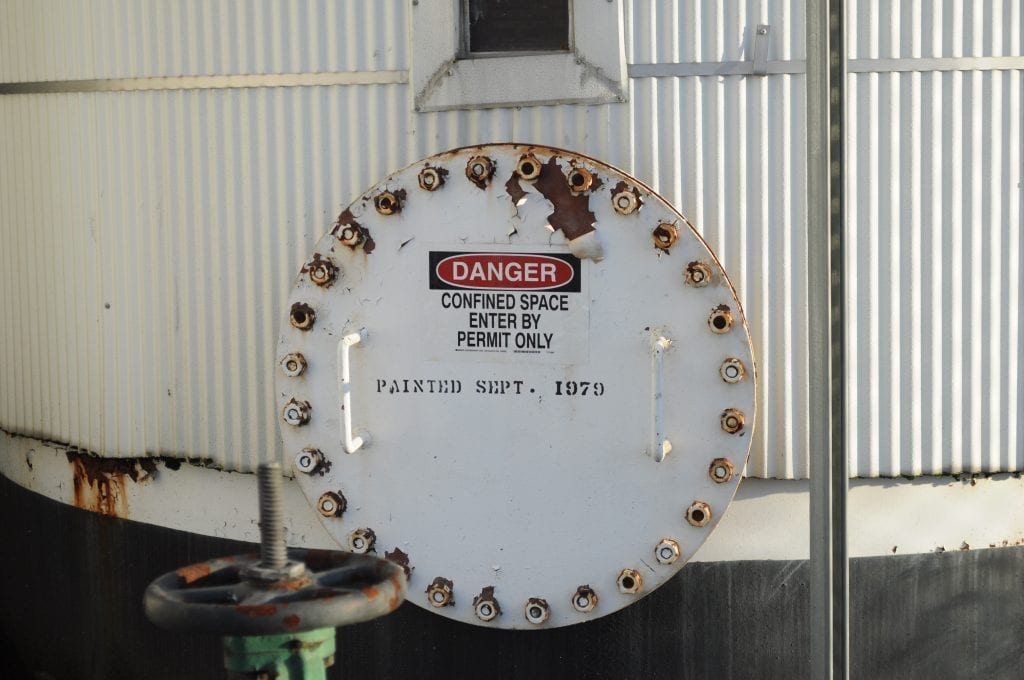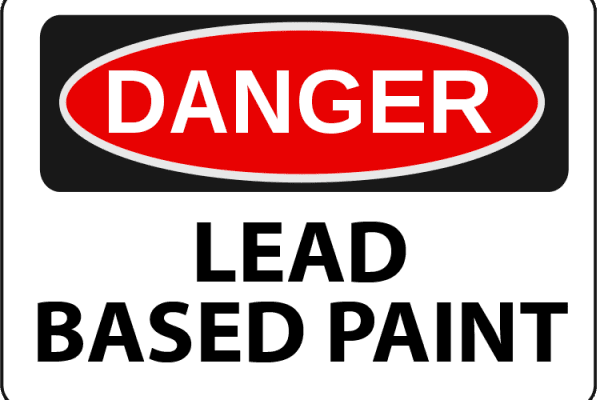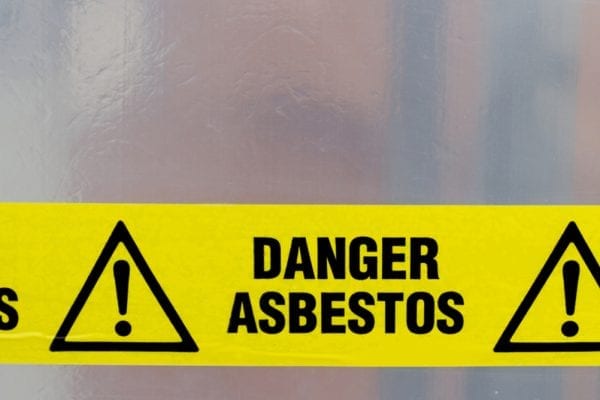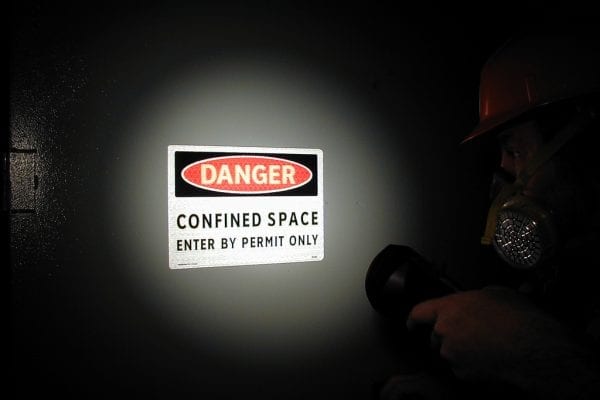The term “confined space” is defined by OSHA as any space that has limited or restricted means for entry or exit; and is not designed for continuous occupancy. Any building that contains confined spaces is required by law to maintain a confined spaces safety plan that meets OSHA standard 29 CFR 1910.146. Here’s how to develop your safety plan.
One: Identify All Confined Spaces Within the Facility
Two: Identify All Permit-Required Confined Spaces
- Contains or has the potential to contain a hazardous atmosphere
- Contains material that has the potential to engulf an entrant
- Has walls that converge inward or floors that slope downward and taper into a smaller area which could trap or asphyxiate an entrant
- Contains any other recognized safety or health hazard such as unguarded machinery, exposed live wires, or potential for heat stress
The atmosphere of a confined space can be deceptive, as some hazards are not visible. Lack of ventilation, for instance, can cause carbon dioxide (CO2) to build to unsafe levels, presenting no odor or visible sign of danger, yet having the ability to kill within minutes of increasing to unsafe levels. Check each confined space with oxygen sensors, CO2 sensors, and explosive gas sensors to identify these types of invisible hazards.
Three: Evaluate Each Permit-Required Confined Space
- Oxygen levels. Lack of breathable oxygen is one of the most common hazards in confined spaces. A reading between 19.5% and 23.5% is considered safe.
- Explosive gas levels. Methane, propane, and other gases can build up in confined spaces to explosive levels. Your Lower Explosive Limit (LEL) should be less than 10% to be safe.
- Airborne dust and toxic vapor levels.
- Mechanical hazards, such as machinery, sharp edges, ledges, and entrapment hazards.
- Electrical hazards.
- Engulfment hazards.
- Materials harmful to the skin.
- Other hazards.
Four: Document a Customized Confined Space Safety Plan
Individual confined space safety plans may include:
- Signage warning personnel not to enter without a permit.
- Atmospheric testing including oxygen levels, flammable gases, and others deemed necessary, both prior to entry and throughout occupancy.
- Personal protective equipment.
- Posting an extra worker outside the confined space during occupancy.
- Communication requirements.
- Lighting requirements.
- Emergency procedures in the event of an incident.
- Other special requirements based on specific conditions within the confined space.
The Confined Space Plan in Practice
We recently helped a prison facility develop and implement a program while their facility was undergoing renovation. They had natural gas on the property with the potential for carbon monoxide to be produced following a combustion process, along with numerous other potential contaminants; including Methane, LEL, Carbon Monoxide, Sulfur Dioxide, Ammonia, Nitrogen Dioxide, Nitric Oxide, Hydrogen Sulfide, Oxygen, Carbon Dioxide, and VOCs. We went on site, developed their confined space program, and ran the program for the duration of their renovation project. The project proceeded smoothly, and at the end of it, the prison facility manager had a complete confined spaces program already in place for future needs.
We’ve provided the same services to hundreds of facility owners and managers, including dozens of hospitals, over the course of many decades. We’d be glad to assess your facility for confined spaces and help you draw up a safety plan as well. Contact us today.






